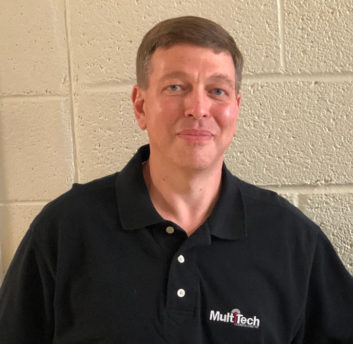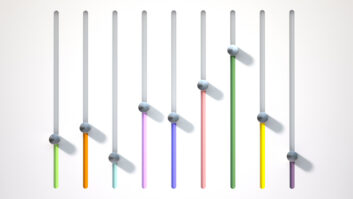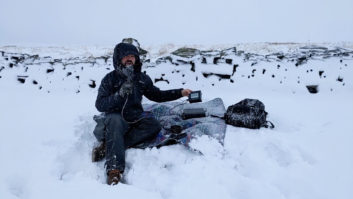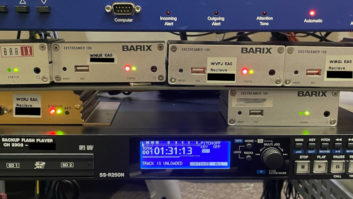 Tim Neese is president of MultiTech Consulting Inc., a multi-faceted broadcast technology consulting and contracting firm.
Tim Neese is president of MultiTech Consulting Inc., a multi-faceted broadcast technology consulting and contracting firm.
This article appeared in Radio World’s “Trends in Codecs and STLs for 2020” ebook.
Radio World: What’s the most important trend in the design and performance of codecs for remotes or STL?
Tim Neese: Most codec manufacturers are incorporating and continuously improving stream redundancy and error correction techniques that allow for significantly more robust connections. These techniques allow codec users to take advantage of readily available transport methods and the public internet to make reliable connections for both remote program contribution and studio to transmitter links.
RW: How are today’s technologies solving problems in creative ways?
Neese: One of the most common issues is studio and transmitter sites that are unable to be linked via traditional RF point-to-point methods. This, combined with the ongoing sunsetting of the telco ISDN and T1 infrastructure, has propelled connection of these sites via the public internet to commonplace.
Today’s codecs and encoding algorithms have proven to be more than up to the task of making those connections viable and reliable.
[Check Out More of Radio World’s Ebooks Here]
RW: What role are codecs playing in this new world of at-home broadcasting?
Neese: In the new world of broadcasting where, for some, every live segment is what was once considered a “remote” broadcast, the codec has become as essential as a microphone or pair of headphones. For many broadcasters, codecs are the “magic” device that has allowed them to continue normal programming in a completely remote fashion.
RW: How many ways are there of making connections?
Neese: The number of connection transport methods has decreased in recent years.
Not long ago, it was possible to purchase codecs that could connect via POTS, cellular, ISDN, T1 and Ethernet. In some cases, all of these connections were available via a single codec.
As telcos have begun to phase out ISDN, T1 and traditional POTS circuits in favor of newer transport technologies, codec manufacturers have focused on these technologies as well.
While the traditional connection choices have decreased, newer technology connections have become available in more locations, via more methods and at lower cost than ever before.
For instance, data connectivity via mobile phones and devices is now as common as patch panels in facilities once were. Numerous codecs are able to leverage that connectivity via either a physical or wireless connection with the device or as a software application that runs on the device itself.
RW: What would you like manufacturers of these technologies to add or offer in future?
Neese: I would like to see more manufacturers include advanced security tools and options like firewalls, integrated VPNs and secure web configuration services within their codecs. That, I believe, would allow for more secure codec deployment via direct connection to public networks and provide even greater deployment flexibility for broadcasters.







